Saint Sophia Church
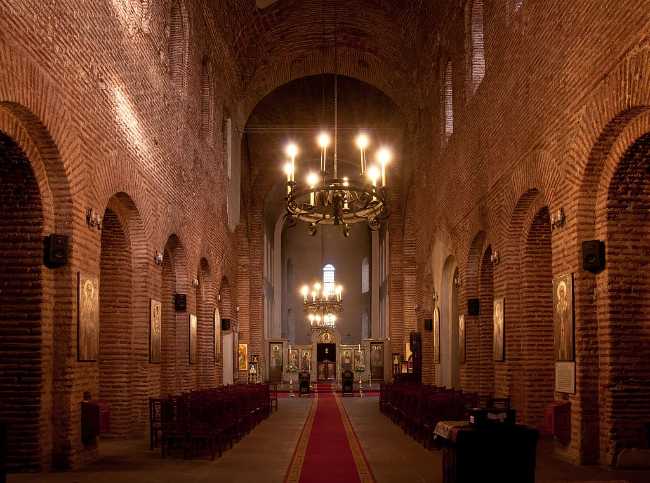
Saint Sophia Church is the oldest surviving church in Sofia and a cornerstone of the city’s spiritual and architectural heritage. Built in the 6th century during the reign of Byzantine Emperor Justinian I, it stands on the site of earlier Christian temples and a Roman necropolis. Its austere red-brick basilica design, with a central dome and three altars, reflects early Byzantine architecture and has inspired churches across the region. The church gave its name to the city in the 14th century, replacing the Roman name Serdica. Over the centuries, it has endured transformations—from a Christian basilica to a mosque under Ottoman rule, and back to a church after the 19th century. Earthquakes and wars left their mark, but careful restoration has preserved its solemn beauty. Beneath the church lies an underground museum showcasing tombs, mosaics, and frescoes from the ancient necropolis. Today, Saint Sophia Church remains an active place of worship and a powerful symbol of Sofia’s enduring legacy.
Sofia BulgariaSaint Sophia Church is located in the center of Sofia on Paris Street, near the intersection with Tsar Osvoboditel Boulevard, in the Serdica district. It is just a short walk from the iconic Alexander Nevsky Cathedral, making it easy for tourists to visit both sites in one trip. The church is one of Sofia’s oldest, dating back to the 6th century, and stands on the site of earlier churches and a Roman necropolis. Nearby attractions include the Monument to the Unknown Soldier and the Lion Statue, both adjacent to the church, as well as the National Assembly and the National Art Gallery within walking distance. The City Garden and the Ivan Vazov National Theatre are also close by, offering visitors a rich cultural experience in the heart of Sofia. The church’s location in the historic center makes it a convenient and rewarding stop for those exploring Sofia’s ancient and modern landmarks.
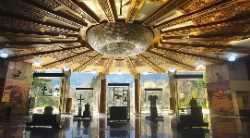 National Historical Museum
Sofia
National Historical Museum
Sofia
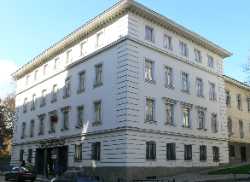 National Museum of Natural History
Sofia
National Museum of Natural History
Sofia
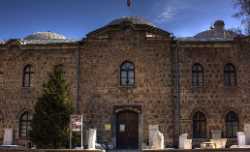 National Archeological Museum of the Bulgarian Academy of Sciences
Sofia
National Archeological Museum of the Bulgarian Academy of Sciences
Sofia
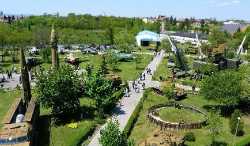 National Museum of Military History
Sofia
National Museum of Military History
Sofia
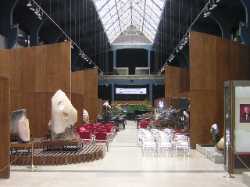 Earth and Man National Museum
Sofia
Earth and Man National Museum
Sofia
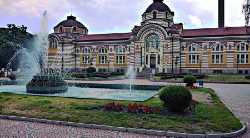 Sofia History Museum
Sofia
Sofia History Museum
Sofia
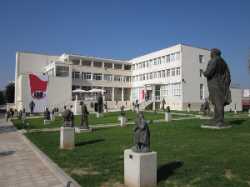 Museum of Socialist Art
Sofia
Museum of Socialist Art
Sofia
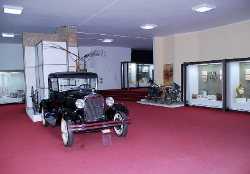 National Polytechnic Museum
Sofia
National Polytechnic Museum
Sofia
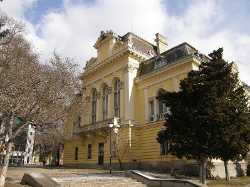 National Ethnographic Museum
Sofia
National Ethnographic Museum
Sofia
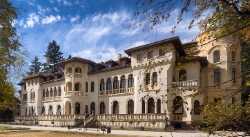 Vrana Palace
Sofia
Vrana Palace
Sofia
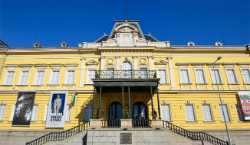 National Art Gallery
Sofia
National Art Gallery
Sofia
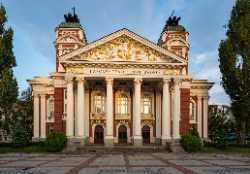 Ivan Vazov National Theatre
Sofia
Ivan Vazov National Theatre
Sofia
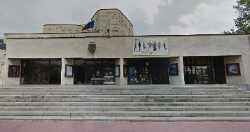 Sofia Theatre
Sofia
Sofia Theatre
Sofia
 Satirical Theatre
Sofia
Satirical Theatre
Sofia
 Sofia Puppet Theatre
Sofia
Sofia Puppet Theatre
Sofia
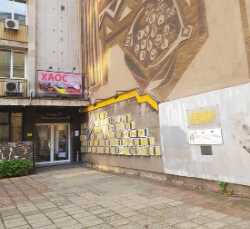 Theatre 199
Sofia
Theatre 199
Sofia
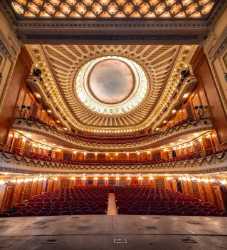 National Opera and Ballet
Sofia
National Opera and Ballet
Sofia
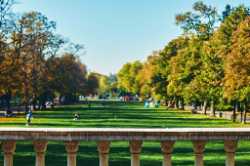 Borisova Gradina
Sofia
Borisova Gradina
Sofia
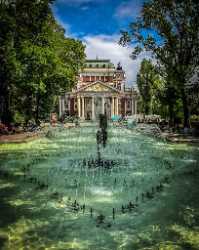 City Garden
Sofia
City Garden
Sofia
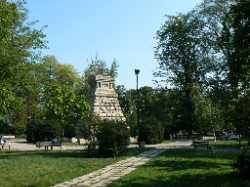 Doktorska Gradina
Sofia
Doktorska Gradina
Sofia
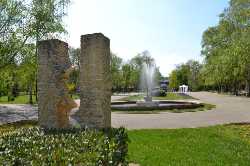 Zaimov Park
Sofia
Zaimov Park
Sofia
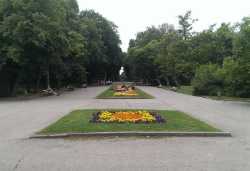 Zapaden Park
Sofia
Zapaden Park
Sofia
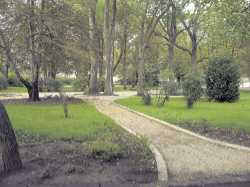 North Park
Sofia
North Park
Sofia
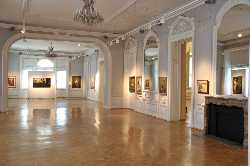 National Art Gallery
Sofia
National Art Gallery
Sofia
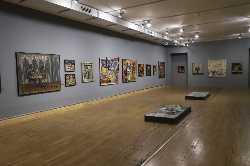 Sofia City Art Gallery
Sofia
Sofia City Art Gallery
Sofia
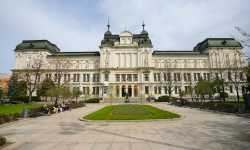 Gallery of Foreign Art
Sofia
Gallery of Foreign Art
Sofia
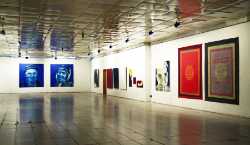 Shipka 6 Art Gallery
Sofia
Shipka 6 Art Gallery
Sofia
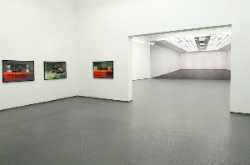 Rayko Aleksiev Gallery
Sofia
Rayko Aleksiev Gallery
Sofia
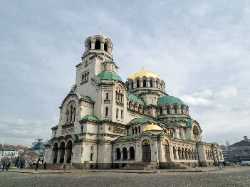 Alexander Nevsky Square
Sofia
Alexander Nevsky Square
Sofia
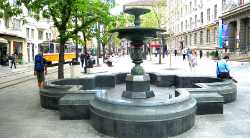 Slaveykov Square
Sofia
Slaveykov Square
Sofia
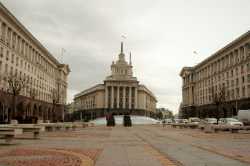 National Assembly Square
Sofia
National Assembly Square
Sofia
 Rotunda of St. George
Sofia
Rotunda of St. George
Sofia
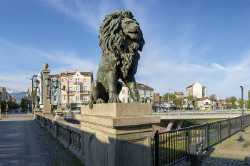 Lions' Bridge
Sofia
Lions' Bridge
Sofia
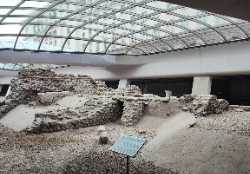 Largo Archaeological Complex
Sofia
Largo Archaeological Complex
Sofia
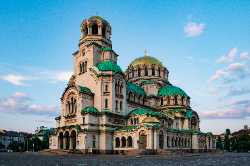 Alexander Nevsky Cathedral
Sofia
Alexander Nevsky Cathedral
Sofia
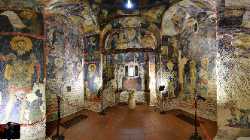 Boyana Church
Sofia
Boyana Church
Sofia
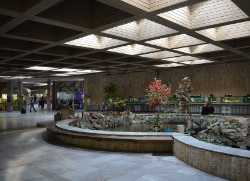 Sofia Zoo
Sofia
Sofia Zoo
Sofia
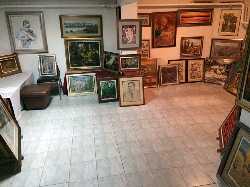 PALITRA Gallery
Sofia
PALITRA Gallery
Sofia
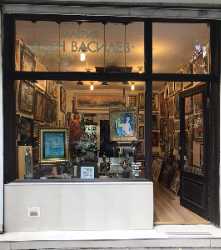 Asen VASSILEV Gallery
Sofia
Asen VASSILEV Gallery
Sofia
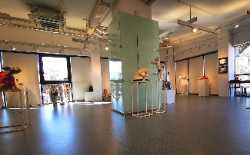 SERDICA Gallery
Sofia
SERDICA Gallery
Sofia
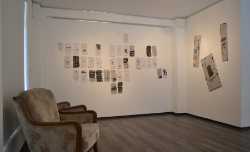 ETUD Gallery
Sofia
ETUD Gallery
Sofia
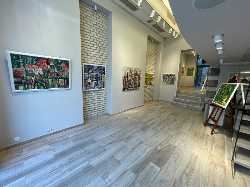 NUANCE Gallery
Sofia
NUANCE Gallery
Sofia
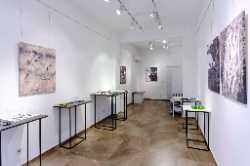 INTRO Gallery
Sofia
INTRO Gallery
Sofia
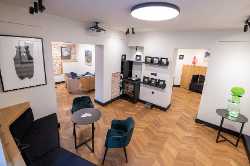 Little Bird Place
Sofia
Little Bird Place
Sofia
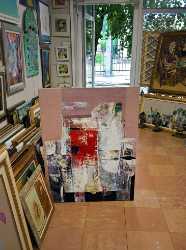 MAESTRO Gallery
Sofia
MAESTRO Gallery
Sofia
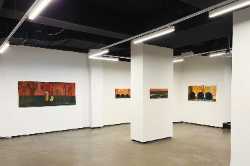 ONE Gallery
Sofia
ONE Gallery
Sofia
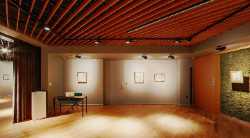 San Stefano Gallery
Sofia
San Stefano Gallery
Sofia
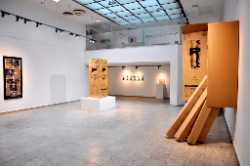 Gallery Credo Bonum
Sofia
Gallery Credo Bonum
Sofia
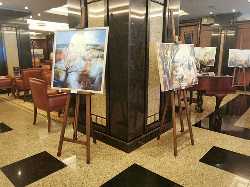 Minerva Gallery
Sofia
Minerva Gallery
Sofia
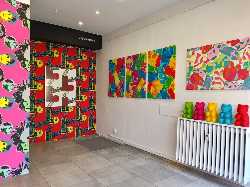 Depoo Gallery
Sofia
Depoo Gallery
Sofia
 Loran Gallery
Sofia
Loran Gallery
Sofia
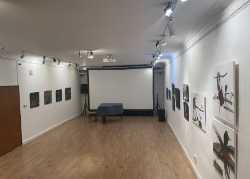 Rakursi
Sofia
Rakursi
Sofia
 Gallery Paris
Sofia
Gallery Paris
Sofia
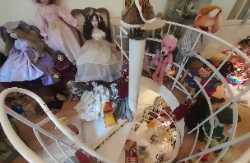 Puppet Museum
Sofia
Puppet Museum
Sofia
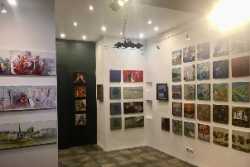 Astry Gallery
Sofia
Astry Gallery
Sofia
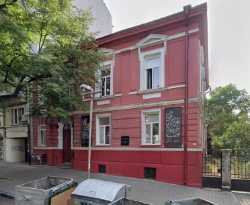 Galeriya Gaya
Sofia
Galeriya Gaya
Sofia
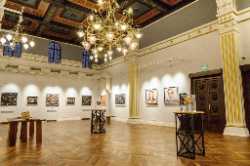 OBORISHTE5 Gallery and Hall
Sofia
OBORISHTE5 Gallery and Hall
Sofia
 Stubel Gallery
Sofia
Stubel Gallery
Sofia